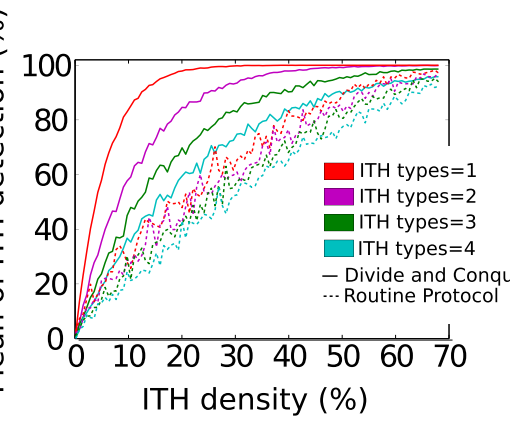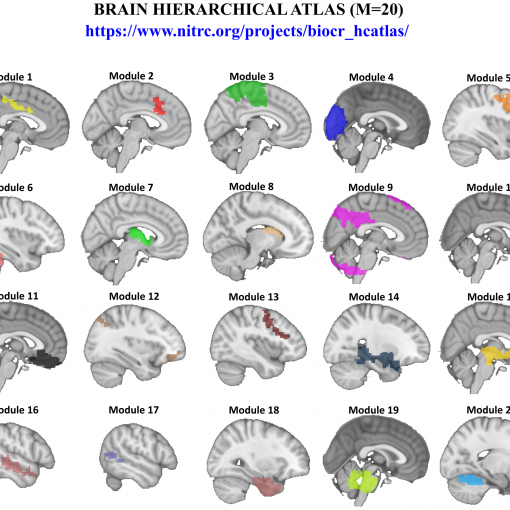J.M. Cortes, D. Marinazzo, P. Series, M. Oram, T.J. Sejnowski and M.C.W. van Rossum. Heterogeneous adaptation effects on visual population coding efficiency. COSYNE 2008: 5th Computational and Systems Neuroscience Meeting
The cellular and synaptic mechanisms underlying visual adaptation have extensively been debated during the last years (for reviews see Kohn 2007 and Schwartz 2007). However, the effect of neural adaptation on information coding is difficult to study experimentally as it requires an enormous amount of data. Furthermore, as adaptation typically reduces the firing rate (lowering information) but also reduces correlations (increasing information), its net effect is not known. Here we present a mechanistic model for rapid visual adaptation to examine the effect of adaptation on population coding. Compared to the longer time scale for spike-frequency adaptation, short-term synaptic plasticity is likely to be responsible for the rapid adaptation occurring on the time scale of the stimulus presentation (typically hundreds of milliseconds) (Muller et al 1999). A standard recurrent model of V1 (Teich and Qian 2003) that included short-term synaptic depression of the excitatory cortical synapses (Tsodyks and Markram 1997) reproduced post-stimulus changes at the single-neuron and population levels. After adaptation, individual neurons reduced their activity, thus saving metabolic expenses on coding a repetitive stimulus, while the population code of the neurons reproduced perceptual changes after adaptation, e.g. tilt after-effects. Based on an analysis using Fisher information, stimulus discriminability increased for stimuli close to the adapting stimulus. These results suggest that visual adaptation is functionally advantageous from an information coding perspective and validate the ”efficient neural coding hypothesis.”
This research was support by EPSRC (project COLAMN Ref. EP/CO 10841/1) MEC-Fulbright (project EX2005-0804) HPC-EUROPA (Ref. RII3-CT-2003-506079) and HHMI.





